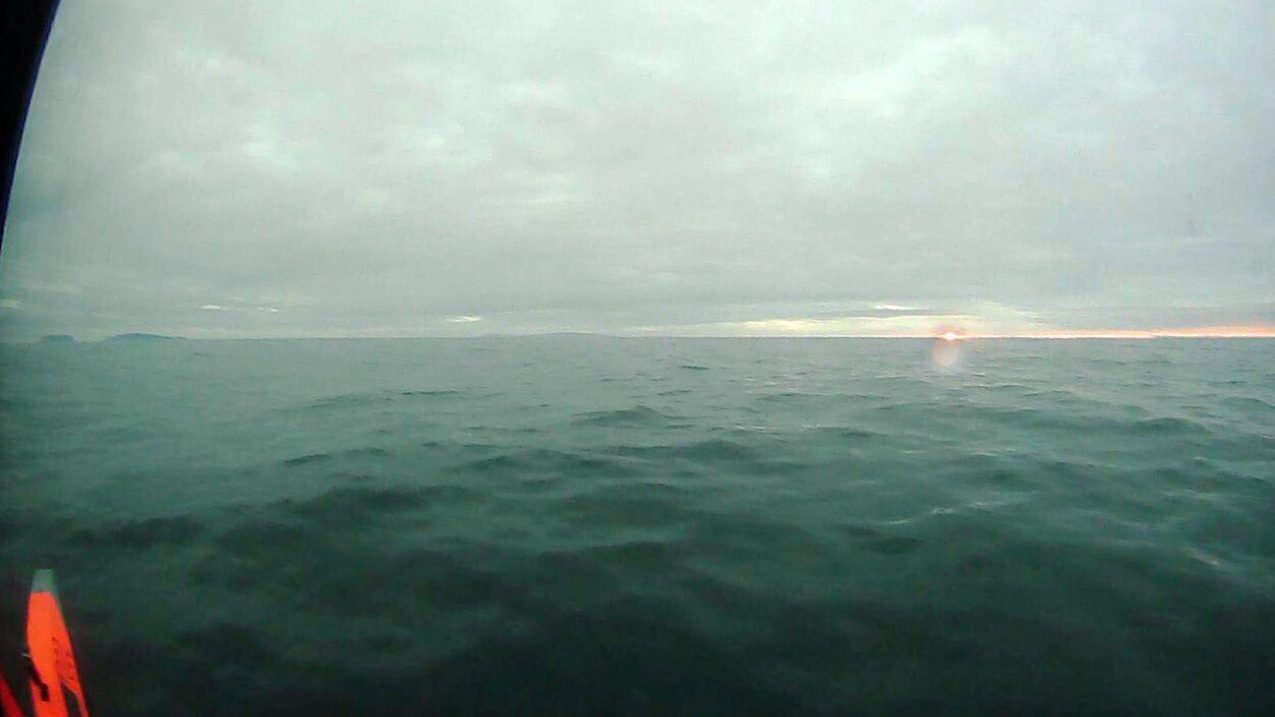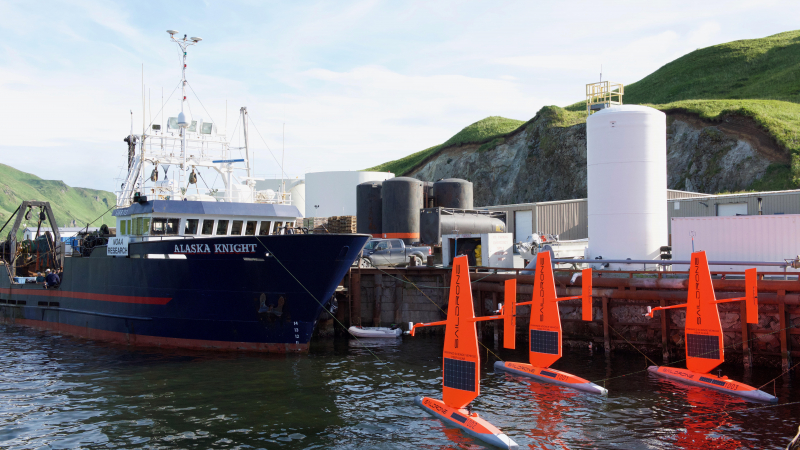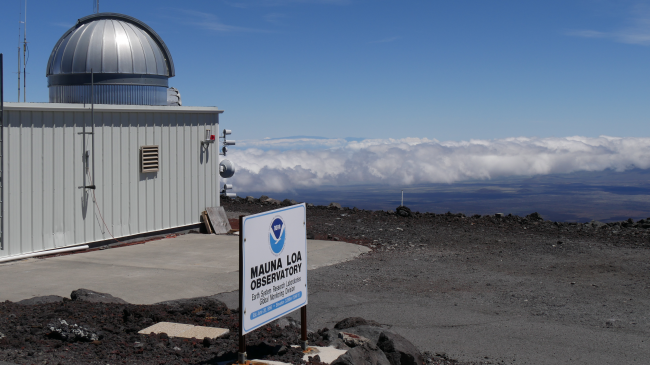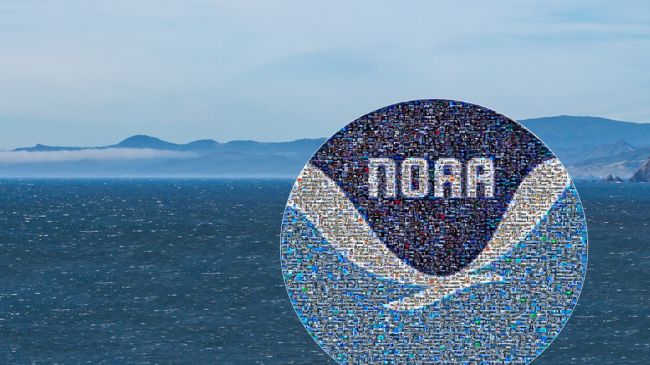Unmanned vehicles set sail for voyage of data collection in the Arctic
Unmanned vehicles set sail for voyage of data collection in the Arctic

A NOAA unmanned sailing vehicle captured this dawn photo in the Bering Straits (Image credit: NOAA)





